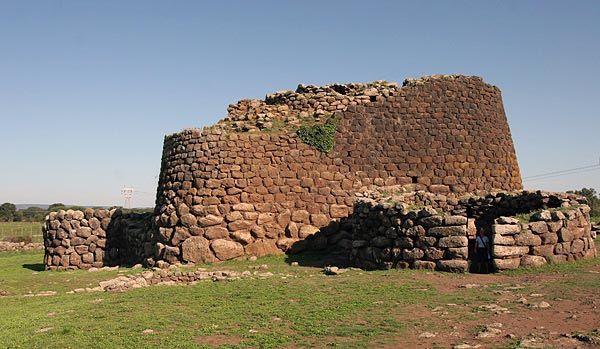
Culture in Sardinia
The beautiful natural environment of Sardinia, characterised by crystal clear seas, splendid coastlines and its wild mountainous interior, is enriched by the island’s impressive archaeological patrimony. Sardinia has been inhabited by man since prehistoric times and evidence of this ancient past can still be admired by visitors to the island today and, what is more, you don’t have to be an expert to enjoy this truly unforgettable experience. Sardinia offers a vast number of fascinating archaeological sites which bear witness to the existence of the unique Nuragic civilisation. The mysterious stone structures, known as “Nuraghi”, continue to intrigue experts and fuel speculation about this warlike people and their extraordinary religious rites. Indeed, these remarkable archaeological sites and complex structures, in particular the impressive Nuragic village of Barumini, are shrouded in such mystery that there have been some rather far-fetched hypotheses. A number of experts have, in fact, even linked these impressively arranged stone structures to the mythical civilisation of Atlantis.
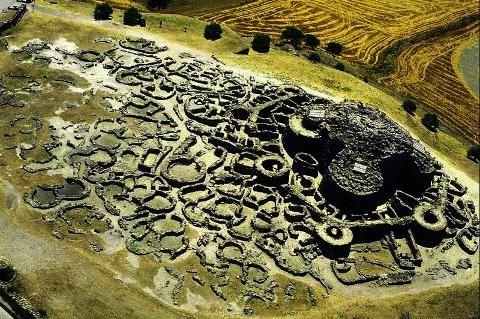
Fairy houses
The island also boasts particular primitive constructions linked to the cult of the dead, such as the “dolmen”, the “giants’s tombs” and the “domus de janas” (fairy houses). These constructions were simple, but also visionary structures built around the dead person to provide a warm, family environment in which the passage from death to a new life was not traumatic, but instead occurred as part of a natural cycle of regeneration.
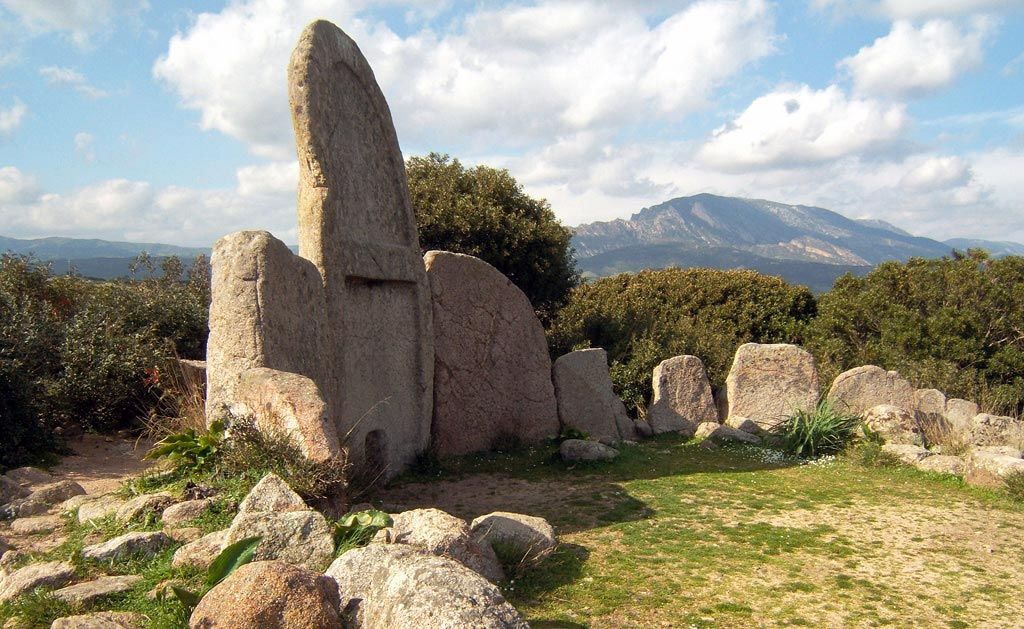
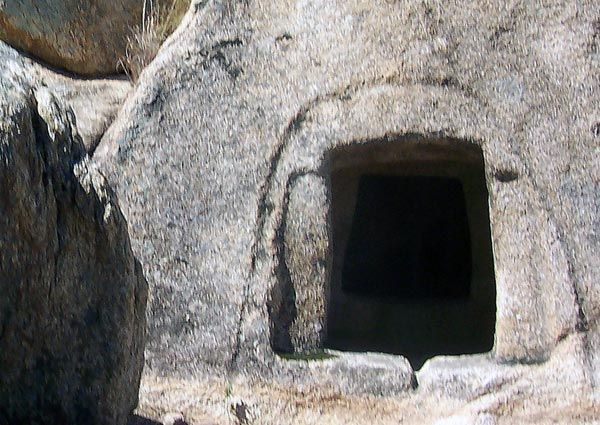
Moon in the well
Sardinia’s rich history means that the island abounds in fascinating archaic and profane symbolism. The sacred wells, in particular, are fascinating places of worship where for centuries the cult of water was practised. Visitors should not miss the Santa Cristina sacred well in Paulilàtino, where they can enjoy new age experience as energy is evoked from this primary element and witness the enchanting “moon in the well” event, which occurs every year. Furthermore, the alternation of the Phoenician-Punic populations with the Nuragic peoples contributed to preserving and enhancing traces of the passage from one historical period to another. The settlement of Monte Sirai, for example, reveals distinct evidence of the different civilisations that chose it as the centre of their activities and daily lives because of its strategic position. However, it was the Phoenicians who built, as they did elsewhere, the characteristic monuments known as “tophets”, tragic shrines dedicated to children who died prematurely. The stratification of pre-existing settlements continued with the Roman and Byzantine conquests. Particularly fine examples of this stratification can be seen at Nora and Tharros, two splendid coastal towns whose ancient ruins are reflected in the surrounding crystal clear water, offering visitors a very striking image indeed.
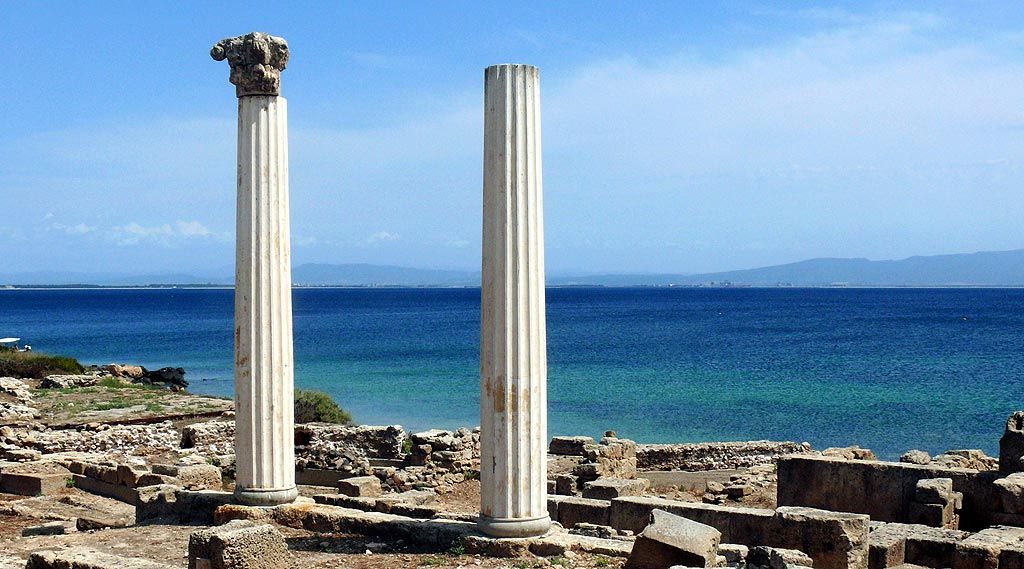
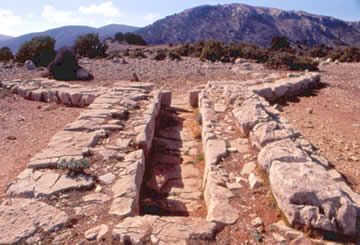
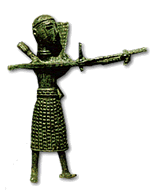
 English (UK)
English (UK)  Italiano
Italiano